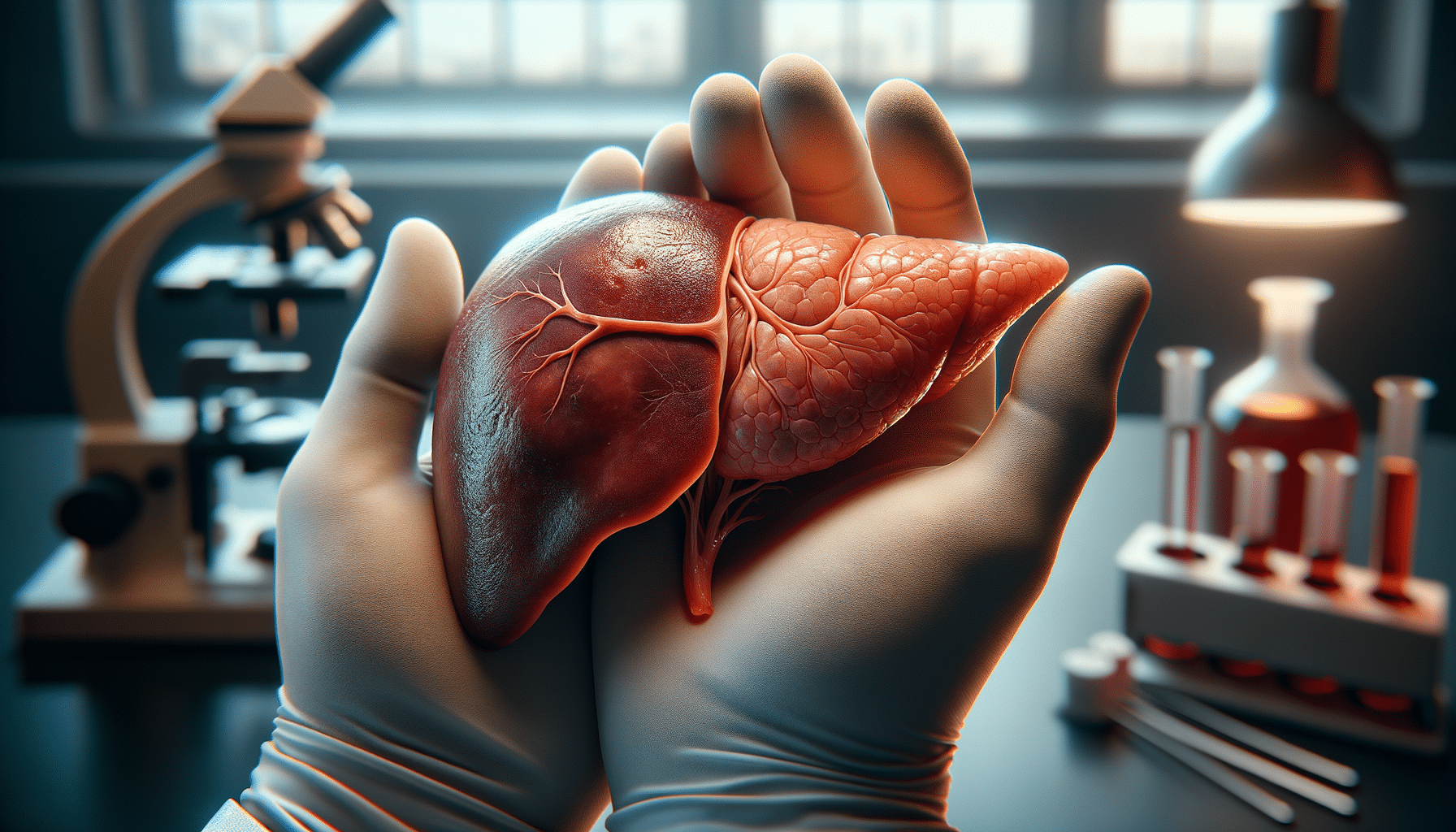
Exploring Advanced Liver Cirrhosis: New Treatments and Staging
Understanding Liver Cirrhosis
Liver cirrhosis is a progressive disease characterized by the replacement of healthy liver tissue with scar tissue, leading to impaired liver function. This condition often results from chronic liver damage due to factors such as hepatitis, alcohol abuse, or non-alcoholic fatty liver disease. As the liver undergoes this transformation, it struggles to perform vital functions, including detoxifying the blood, producing essential proteins, and regulating metabolism.
The liver, one of the body’s largest organs, plays a crucial role in maintaining overall health. It processes nutrients absorbed from the digestive tract, stores energy, and helps fight infections. When cirrhosis develops, these functions are compromised, leading to a range of health issues. Symptoms can vary but often include fatigue, weakness, jaundice, and swelling in the legs and abdomen.
Diagnosing cirrhosis typically involves a combination of blood tests, imaging studies, and sometimes a liver biopsy. Early detection is critical, as it can slow the progression of the disease and improve quality of life. With timely intervention, patients can manage symptoms more effectively and reduce the risk of complications.
Causes and Risk Factors
Understanding the underlying causes of cirrhosis is essential for prevention and management. Chronic hepatitis B and C infections are among the leading causes globally, often resulting in chronic inflammation that damages liver cells over time. Alcohol abuse is another significant contributor, as excessive alcohol consumption can lead to liver inflammation and scarring.
Non-alcoholic fatty liver disease (NAFLD), increasingly common with rising obesity rates, is a condition where fat builds up in the liver, potentially leading to inflammation and cirrhosis. Other risk factors include autoimmune hepatitis, genetic conditions like hemochromatosis, and long-term exposure to certain toxins and medications.
Preventative measures such as vaccination against hepatitis, moderating alcohol intake, maintaining a healthy weight, and managing underlying health conditions can reduce the risk of developing cirrhosis. Awareness of family history and regular medical check-ups can also aid in early detection and intervention.
Symptoms and Complications
Cirrhosis can manifest through a variety of symptoms, often depending on the stage of the disease. In its early stages, individuals may experience non-specific symptoms such as fatigue, loss of appetite, and nausea. As the disease progresses, more pronounced symptoms like jaundice (yellowing of the skin and eyes), dark urine, and abdominal pain may occur.
Complications of cirrhosis are serious and can significantly impact quality of life. Portal hypertension, a condition where increased blood pressure in the portal vein leads to swollen veins in the esophagus and stomach, poses a risk of life-threatening bleeding. Ascites, the accumulation of fluid in the abdominal cavity, can cause discomfort and infection.
Other potential complications include hepatic encephalopathy, a decline in brain function due to the liver’s inability to remove toxins from the blood, and an increased risk of liver cancer. Regular monitoring and management of these complications are crucial for individuals with cirrhosis.
Advancements in Treatment
Recent advancements in the treatment of liver cirrhosis offer promising prospects for patients. While cirrhosis is irreversible, treatments aim to slow progression, manage symptoms, and prevent complications. Antiviral medications can treat hepatitis B and C infections, reducing liver inflammation and damage.
Lifestyle modifications, including a balanced diet, abstaining from alcohol, and regular exercise, play a vital role in managing cirrhosis. For individuals with NAFLD, weight loss can significantly improve liver health. In some cases, medications are prescribed to manage specific symptoms and complications, such as diuretics for ascites or beta-blockers for portal hypertension.
Liver transplantation remains the definitive treatment for advanced cirrhosis, offering a chance for a new beginning. However, eligibility depends on various factors, including the patient’s overall health and availability of donor organs. Ongoing research continues to explore new therapeutic approaches, including regenerative medicine and novel drug therapies.
Staging and Prognosis
Staging cirrhosis is crucial for determining the severity of the disease and guiding treatment decisions. Various systems, such as the Child-Pugh score and the Model for End-Stage Liver Disease (MELD) score, assess factors like liver function, bilirubin levels, and blood clotting ability to classify the disease’s progression.
The prognosis for individuals with cirrhosis varies based on the stage at diagnosis and the presence of complications. Early-stage cirrhosis, with timely intervention and lifestyle changes, can have a relatively stable outlook. However, advanced cirrhosis with complications like liver failure or cancer may require more intensive treatment and monitoring.
Patients and healthcare providers work closely to tailor management plans, addressing individual needs and goals. Regular follow-ups, adherence to treatment regimens, and healthy lifestyle choices are integral to improving outcomes and enhancing quality of life for those living with cirrhosis.


